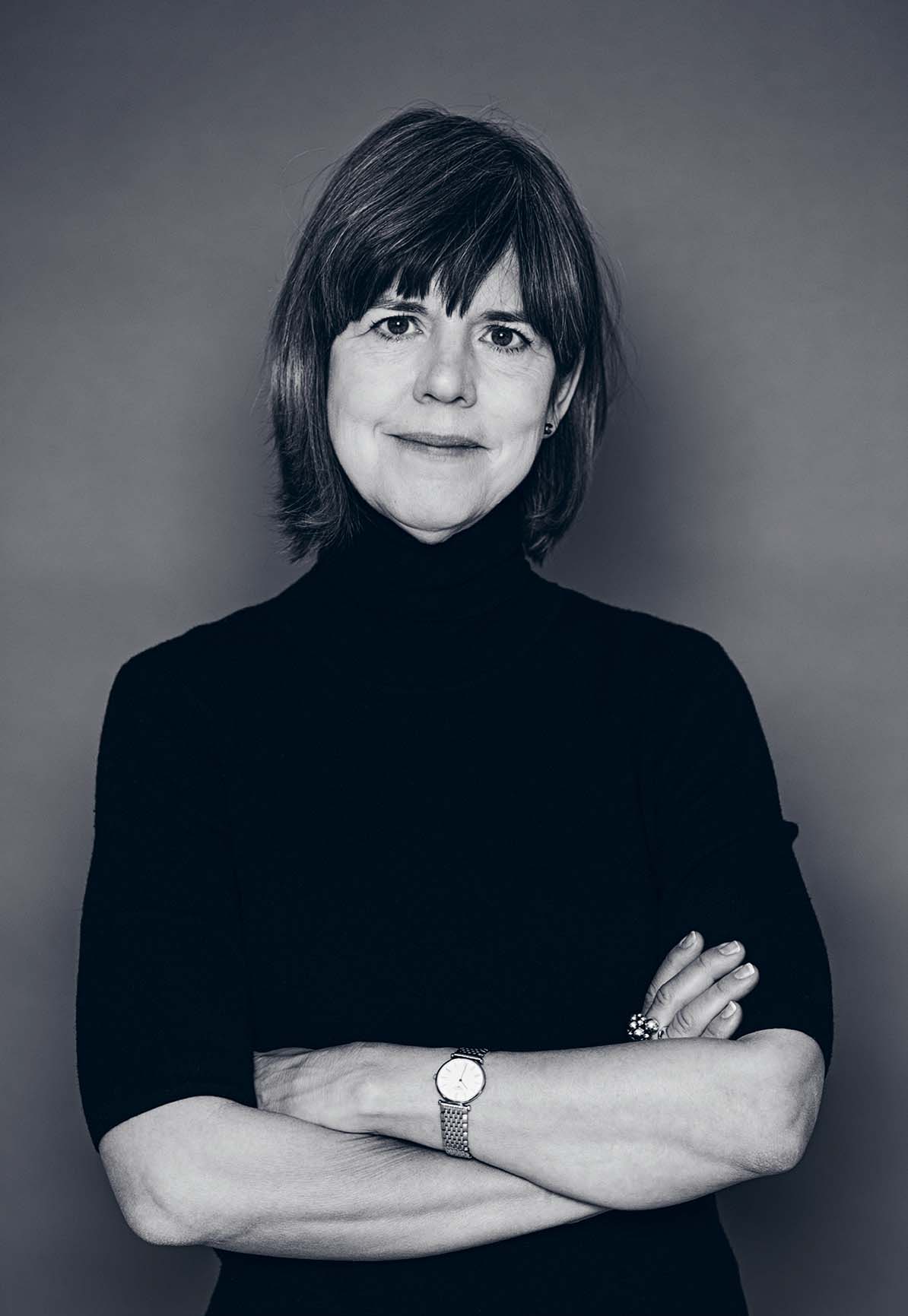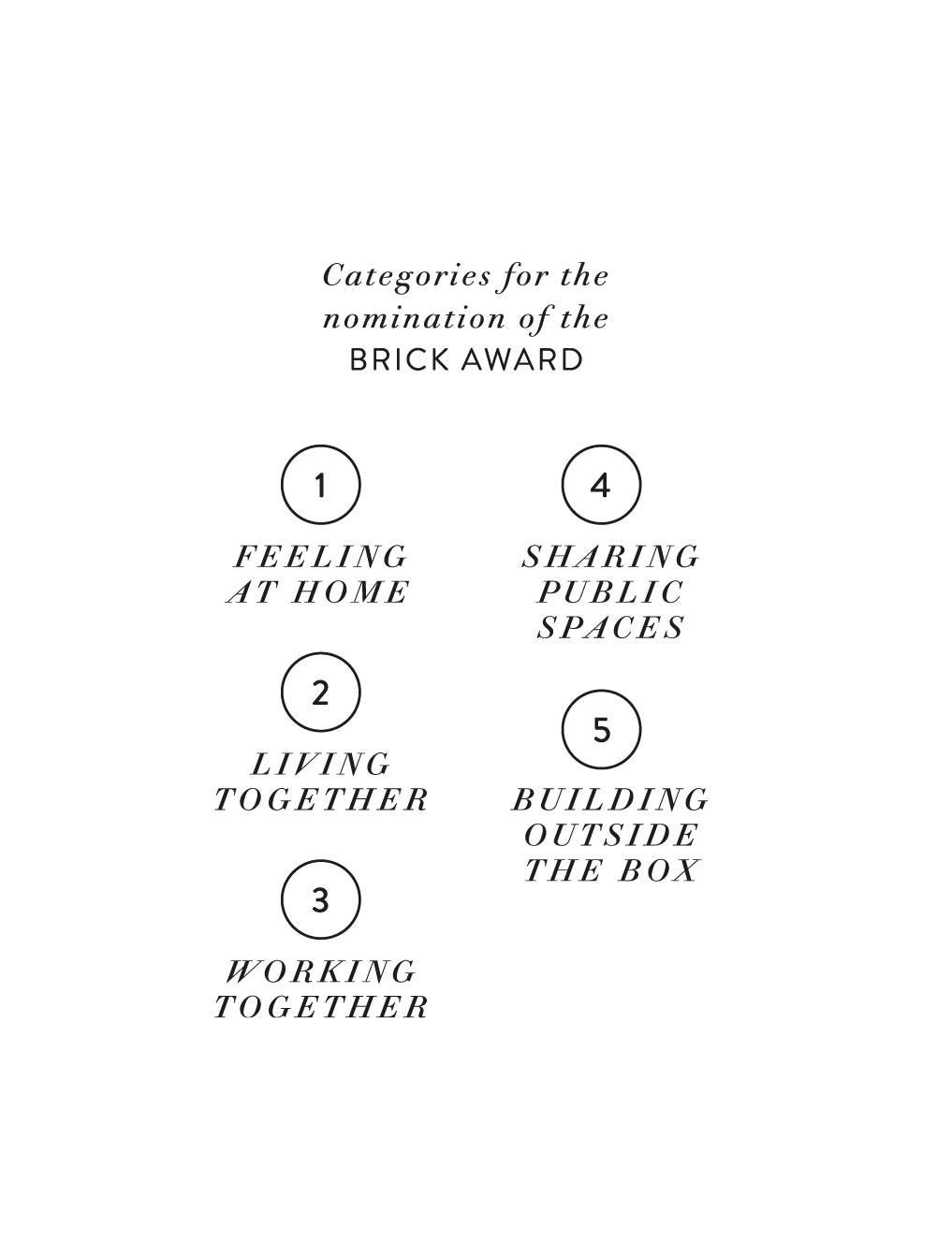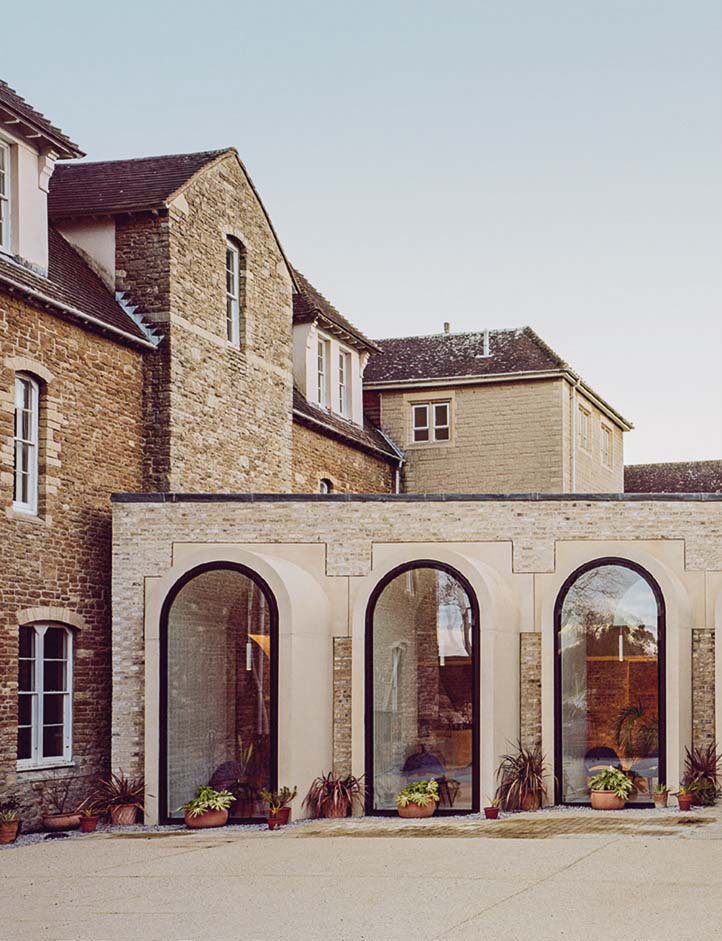The Beauty of Brick
Swedish architect Helena Glantz, founding partner of UD Urban Design and winner of the 2018 wienerberger Brick Award, on Roman facades, traditional forms and modern interpretations of a highly sustainable material.

Helena Glantz, founding partner of UD Urban Design
Every time I see a photo of your winning competition entry from 2018—the Vartan Bioenergy CHP Plant, with its vivid facade—I can’t help thinking: What a great piece of architecture!
Helena Glantz
Thank you.
-
So, what is your brick story? What connects you to the material?
Helena Glantz
I’m Swedish, and in Sweden, of course, we have a tradition of using brick, though it’s not as deep-rooted as in Denmark or Germany or the Netherlands. In Sweden we only really have brick buildings in the cities, except for churches and castles. That means that Swedish architects are mostly trained in timber building, or concrete when it comes to larger-scale construction. So for me, brick has been something that I’ve sort of grown into.
-
And the combined heat and power plant …
Helena Glantz
… was a competition entry that we designed together with Danish architects’ company Gottlieb Paludan Architects. The power plant was located next to one of Stockholm’s first electrical substations; built in 1903, it was designed by the architect Ferdinand Boberg, who later moved on to design government quarters and the poshest stores in town. So, we wanted something that was modern, adaptable and relatable. It creates a sort of dialogue between these buildings, using the same material but in a completely new way. Actually, this was one of the first brick or terracotta projects that I was involved in. The Brick Award has been quite influential for me as an architect, both in terms of the prize itself and being on the jury and looking at all sorts of different ideas about what brick can be. So it’s something that we too have begun to use a lot more in our projects, because I think it’s really relatable.
-
You work a lot with energy infrastructure.
Helena Glantz
Yeah—if they want to build a substation somewhere far out in the suburbs or out in the field, they won’t be calling us! We’re usually contacted when the urban context is tricky, with a lot of buildings already in place.
-
You said brick was quite relatable.
Helena Glantz
In a dense urban situation, bricks are actually a very good means of creating something that people can recognise and relate to. The thing with energy infrastructure is that you seldom have windows or balconies, and the big doors facing the street are only for transformers. So, you need to invent something. And brick is really neat. We started using it in a lot of different ways. At the moment, we’ve been working with three big brick projects, rather conventional; you have these sandwich elements for the facade with layers of insulation and concrete, then we put the brick inside the concrete and use the framing as a sort of concrete carpet with brick inlay. And then we also use terracotta in the lower part to ground it, so to speak.
-
I would like to expand on this idea. What makes it easy for people to identify with bricks? Is it the material itself? The colour? The warmth? Or ... what is it?
Helena Glantz
It’s recognisable. Even if the architecture is new or the architectural form is new, you recognise that little piece. And there’s also something about the scale of the brick and the human body; the size makes it easy to carry with one hand. You can actually relate to a brick wall with your own body. There is something about that one little piece making up a larger form that helps you gain an impression. And when you get closer, you can see the detailing, the mortar and the tactile quality that is needed not only for the hand, but also for the eye. If you have a large glass building, the eye can’t attach to any details—it just sort of floats around. A brick building has these lines of mortar that makes the eye connect to the building. And then, of course, you have a range of colours and textures. And you can work with light and shadow.
-


Please select an offer and read the Complete Article Issue No 16 Subscriptions
Already Customer? Please login.
